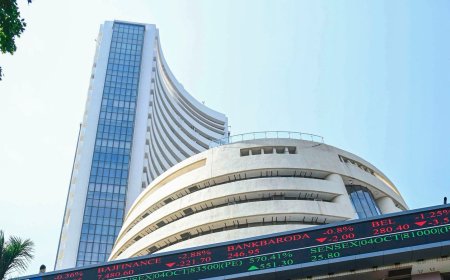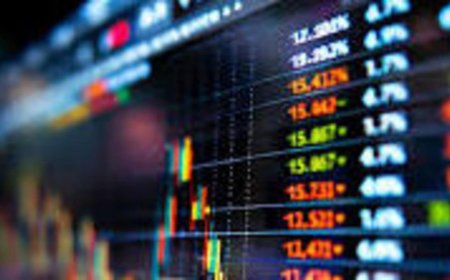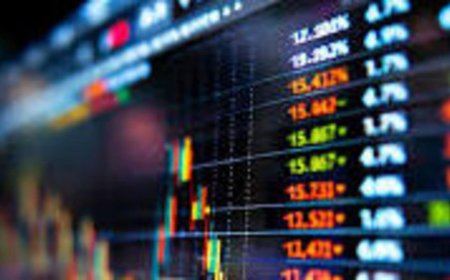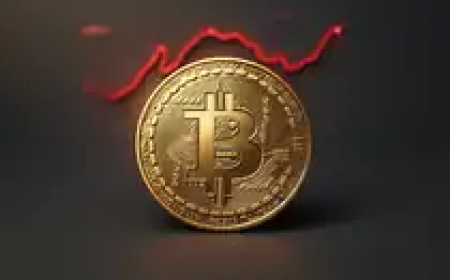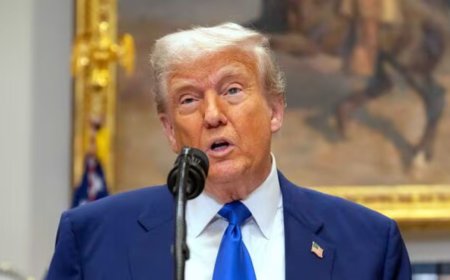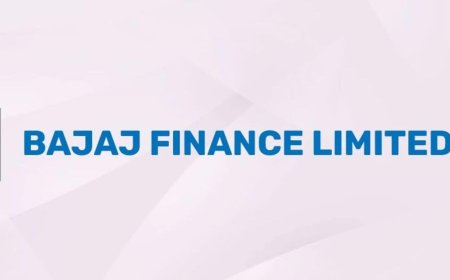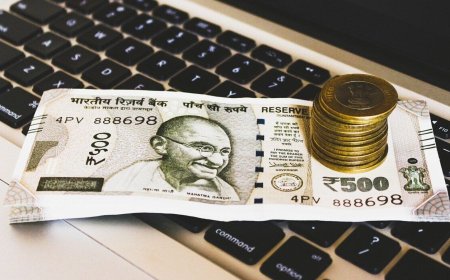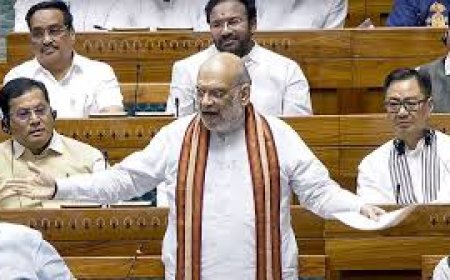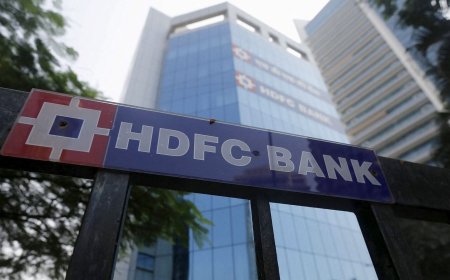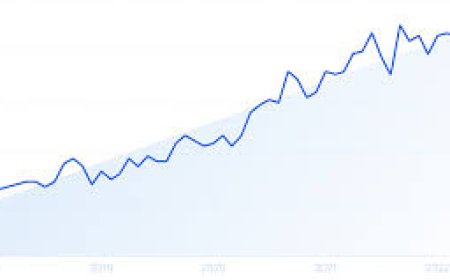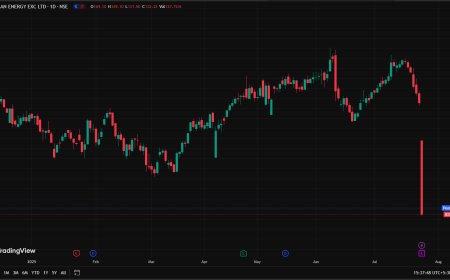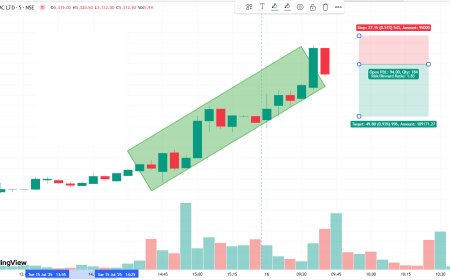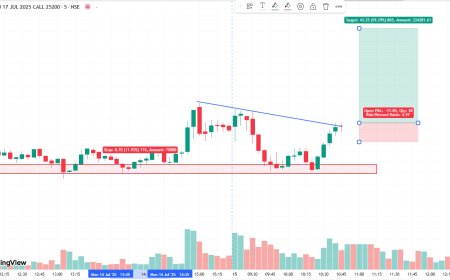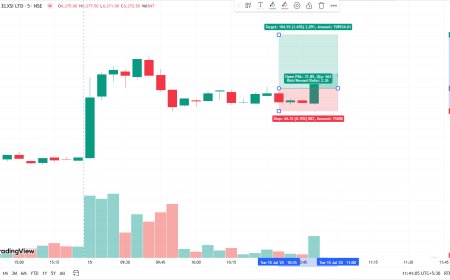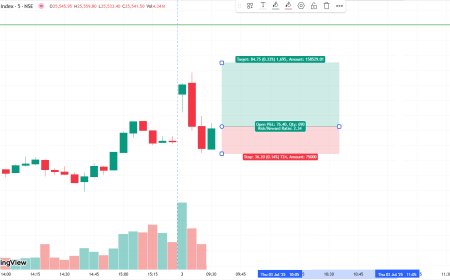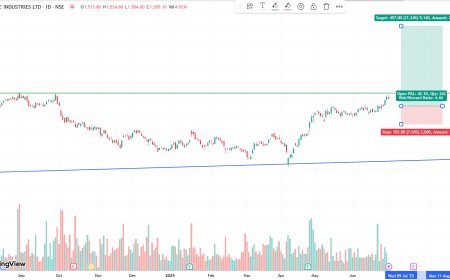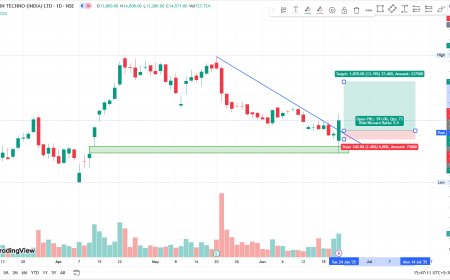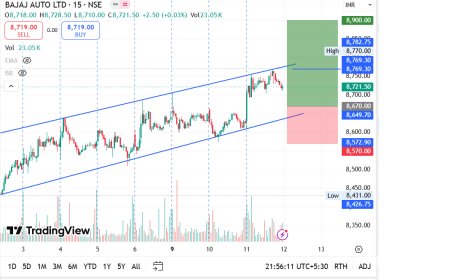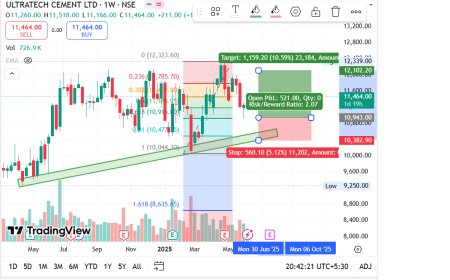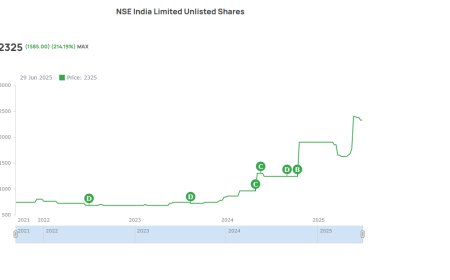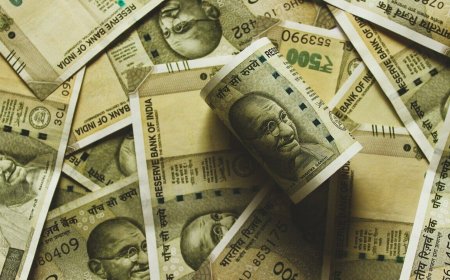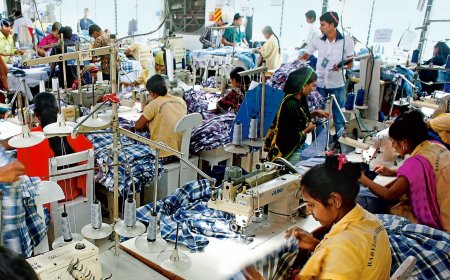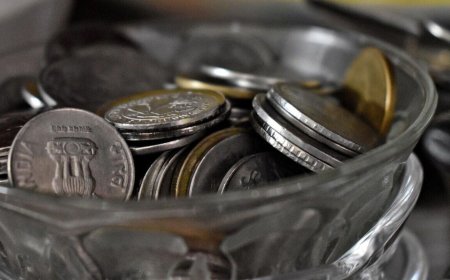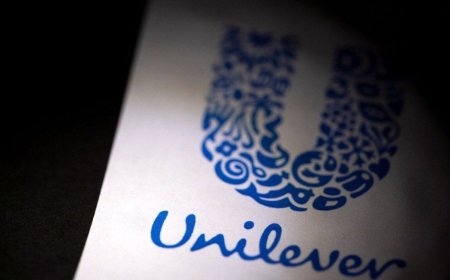Hong Kong Intensifies FX Interventions to Defend Currency Peg Amid Market Pressures
Hong Kong boosts foreign exchange interventions to safeguard its currency peg against the US dollar, signaling growing financial vigilance amid global interest rate volatility.

🇭🇰 Hong Kong Ramps Up FX Intervention to Defend Currency Peg
Introduction: A City Standing Guard Over Its Monetary Identity
Hong Kong's currency peg to the US dollar has long been one of the bedrock policies of its financial system, symbolizing stability in a region often rocked by political and economic turbulence. But as global interest rates diverge and capital flows out of emerging markets in search of higher returns, Hong Kong is finding itself in a familiar battle — defending the Hong Kong Dollar (HKD) from depreciation.
In recent weeks, the Hong Kong Monetary Authority (HKMA) has stepped up its interventions in the foreign exchange market to uphold its longstanding peg, which keeps the HKD trading within a narrow band against the US dollar. This renewed wave of interventions underscores the challenges facing small but open economies like Hong Kong in an era of monetary policy divergence.
Why the Peg Is Under Pressure
The HKD is pegged in a tight band between 7.75 and 7.85 to the US dollar. This arrangement, established in 1983, has become a symbol of monetary reliability and investor confidence. However, the current global environment is putting immense strain on that peg.
One of the key pressures arises from the wide interest rate differential between the US and Hong Kong. As the US Federal Reserve continues to maintain relatively high rates in its inflation-fighting campaign, capital is flowing out of Hong Kong, where rates remain lower. This exerts downward pressure on the HKD, pushing it toward the weak end of its band.
In April and May 2025, the HKMA intervened multiple times, selling US dollars and buying HKD to support the currency. According to Bloomberg data, the HKMA has injected nearly HK$80 billion into the system over a span of just three weeks.
How FX Intervention Works
The HKMA’s currency board system requires the authority to automatically intervene in the FX market when the HKD reaches the edges of its permitted band. When the currency hits the weak side (7.85), the HKMA buys HKD and sells USD to keep the peg intact. This also leads to a tightening of local liquidity, pushing short-term interest rates higher — an intentional consequence to deter further capital flight.
While this rule-based mechanism brings credibility, it also requires the HKMA to have significant reserves and market confidence to consistently defend the peg.
As of the latest reports, Hong Kong’s foreign exchange reserves stood at over US$400 billion — ample for continued defense, but not unlimited. The HKMA has reaffirmed its commitment to maintaining the peg, calling it a cornerstone of the city’s economic and financial stability.
A Wider Context: Global Forces at Play
The pressure on the HKD is not occurring in a vacuum. Across Asia, currencies have been under siege due to a strengthening US dollar, driven by higher yields and a resilient American economy. From the Japanese Yen to the Indian Rupee, central banks have been active in the FX market, but Hong Kong’s case is unique due to its hard peg.
Moreover, China's own economic softness adds another layer of complexity. With sluggish growth and declining investor sentiment toward Chinese assets, Hong Kong — often seen as a gateway to China — is feeling the aftershocks. This is further accelerating capital outflows and increasing the need for HKMA action.
Market Reactions: A Balancing Act
Investors are watching Hong Kong's FX moves closely. The 1-month HKD HIBOR (Hong Kong Interbank Offered Rate) has spiked to multi-month highs, signaling tightening liquidity conditions. Meanwhile, the Hang Seng Index has remained volatile, with investors concerned about the implications of repeated interventions on the broader economy.
The property market — one of Hong Kong’s economic pillars — is also sensitive to rising borrowing costs. If the HKMA’s interventions result in sustained upward pressure on local interest rates, the housing sector could face headwinds.
Still, the financial markets broadly interpret the HKMA’s aggressive moves as a sign of strength rather than weakness. By proactively engaging with the market, the authority is aiming to shore up confidence and ward off speculative attacks that might test the peg’s limits.
The HKMA’s Stance: Steadfast Commitment
In a statement released last week, HKMA Chief Executive Eddie Yue said, "The Linked Exchange Rate System has served Hong Kong well through multiple financial cycles. We remain fully committed to the system, and we have the tools and reserves to ensure its continued stability."
This reassurance was further bolstered by coordinated communication from the Hong Kong government, which emphasized the city's robust fiscal position and sound financial institutions.
Hong Kong’s currency board mechanism remains one of the most transparent and rules-based systems globally. This predictability is key in an era when many investors seek refuge in trusted institutions.
Risks Ahead: Can the Peg Hold?
While the current bout of pressure is being managed effectively, the road ahead is fraught with uncertainty. If the Fed keeps rates high for an extended period, the strain on Hong Kong’s peg will only increase. Moreover, any major global risk event — such as geopolitical conflict or a global recession — could spark further capital flight from Asia.
Some analysts even speculate on the long-term sustainability of the peg, though such views remain in the minority. The overwhelming consensus is that while short-term volatility will persist, the HKMA is well-equipped to handle it — for now.
The bigger question is what happens if the structural divergence between US and Asian economies becomes a long-term reality. In that case, maintaining the peg may require not just intervention, but broader economic recalibration.
Economic Implications: Tightening Without Hiking
One fascinating aspect of this episode is how Hong Kong is importing tightening monetary conditions without actually raising interest rates. Because of the currency peg, Hong Kong’s monetary policy is effectively dictated by the US Federal Reserve.
Every time the HKMA intervenes and drains liquidity from the market, short-term rates rise, mimicking the impact of a rate hike. In this way, the city is tightening by default — a dynamic that affects everything from mortgages to corporate lending.
This automatic alignment with US policy is both a strength and a limitation. On one hand, it provides policy stability and predictability. On the other, it constrains Hong Kong's ability to respond to local economic conditions independently.
Holding the Line
Hong Kong’s recent ramp-up in FX interventions is a strong signal to markets that it will not allow the currency peg to falter. Backed by massive reserves and institutional credibility, the HKMA is once again showing that it is willing to do what it takes to protect one of the city’s most prized economic tools.
However, with global macroeconomic uncertainty growing, the pressure on Hong Kong’s monetary system is unlikely to subside anytime soon. How the city navigates this phase will serve as a crucial case study in currency defense, especially in a world increasingly shaped by capital mobility and monetary divergence.
For now, the message is clear: the peg will hold — but it won't come without cost.
Key Takeaways:
-
Hong Kong’s HKD is under pressure due to widening rate gaps with the US.
-
The HKMA has conducted multiple interventions to defend the 7.75–7.85 currency band.
-
Foreign exchange reserves remain strong, supporting policy credibility.
-
Rising HIBOR rates reflect tightening liquidity.
-
The peg remains a pillar of confidence, but long-term challenges loom.
What's Your Reaction?
 Like
0
Like
0
 Dislike
0
Dislike
0
 Love
0
Love
0
 Funny
0
Funny
0
 Angry
0
Angry
0
 Sad
0
Sad
0
 Wow
0
Wow
0




